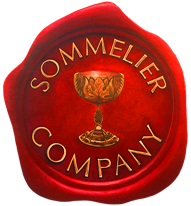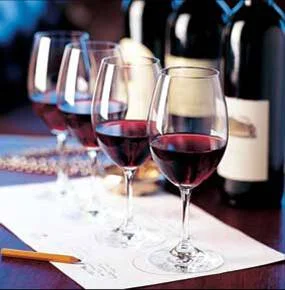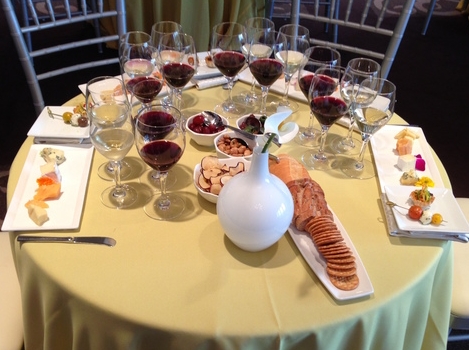How to Taste Wine Like a Sommelier
This guide is the result of the Sommelier Company's systematically tasting and analyzing more than one thousand wines each year. Its purpose is to capture and distill the most important principles of wine, to allow any consumer to increase their pleasure from tasting wine across a lifetime.
Contact us at Wine@SommelierCompany.com, or call +1 415 289 9760.
Step #1: Visual Appearance
Fill a large wine glass to about two ounces. In strong light, against a white background, tilt the glass by 45 degrees, and inspect the wine. Note whether it is clear or cloudy, brightly colored or dull, and whether there is sediment. Observe the color, including whether it is consistent or if it changes or dissipates at the rim.
Step #2: Smell (or "Nose")
Fill your glass to about two ounces, swirl the wine in the glass (covering the glass with one hand to concentrate the aroma, if you like), and with a nose unbiased by food, perfume, or other smells, take a long, deep whiff of the wine. Look for fruit, mineral, spice, vegetable, earth, wood, and other kinds of aromas.
Step #3: Taste (or "Palate")
Take a large amount of wine in your mouth and move it over every surface. Hold the wine in your mouth and move air in and out as well. Setting aside the aromas you noticed in the “smell” stage, try to note whether the wine is sweet, tart, sour, or bitter to the taste—and to what degree you notice heat (from alcohol), drying and friction in the mouth (from tannin), and salivation or puckering (from acid).
Step #4: Aftertaste (or "Finish")
After you have smelled and tasted the wine, swallow it and observe what happens next. Do you notice new tastes or aromas? Is the aftertaste pleasant or bad? Does the alcohol make for a hot, rough, experience—or is it barely detectable? How long do the aromas remain in your mouth and nose? This is the "finish” of the wine.
How to Learn More About Wine From Tasting
Follow the steps above and pay close attention each time you taste wine.
Taste "blind"—without knowledge of what you are analyzing—to avoid bias.
Taste more than one wine at a time; differentiate them carefully, side-by-side.
Start with wines from classical appellations, not exotics. (See a good textbook.)
Occasionally buy wines at higher prices—these are the best representatives.
If that's not in your budget, skip a few value bottles to save for better ones.
About the Sommelier Company
The Sommelier Company is the leading provider of Sommelier-Guided Wine Tasting Experiences in the United States, and in every major metropolitan area around the globe. We have taught the art of fine wine appreciation to thousands of private consumers and professionals in private events, public seminars, and courses.
Learn more about what we can do for you: www.SommelierCompany.com.








